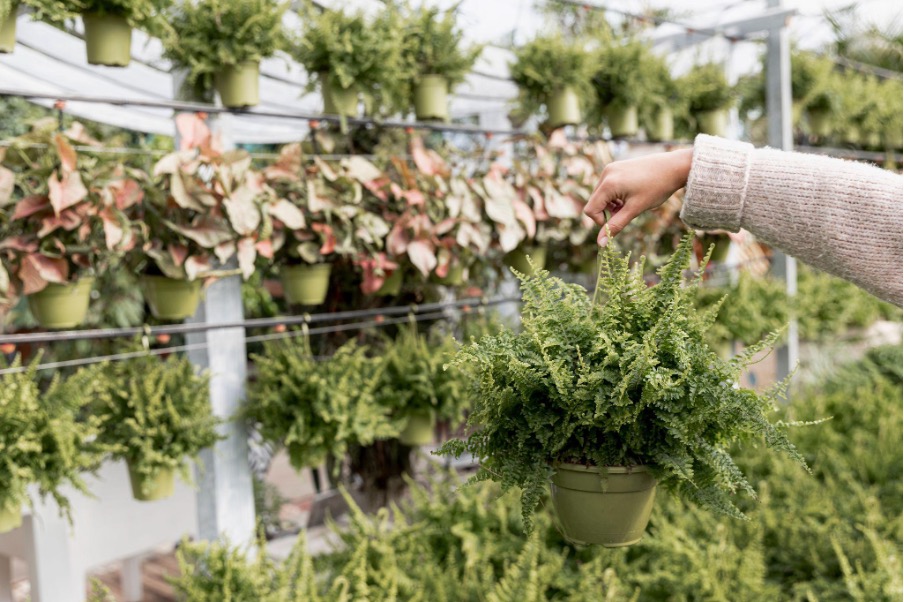Vertical farming is a futuristic way of farming which cultivates plants inferred in multistory buildings. This kind of urban agriculture is changing the plain way food is grown in urban areas and, in contrast to open-air farming, it has much more to offer.
What is Vertical Farming?
Alternatively, vertical farms stand out because they do not spread their crops out the traditional way on the ground. Instead, they use structures that are very tall with more than one floor, all of which are used to stack crops in a way that they are vertically located on each other in layers. This vertical design suggests crops to be sown stacked over the others, with the lighting and irrigation systems installed in each layer providing optimum conditions for the products.
A vertical farm is a structure that grows food crops within specified limits without the need to expand horizontally into the environment, but rather, by increasing the growth space as upward. Infrastructure such as shipment warehouses, shipping containers, building refurbishing or manually fabricated vertical farms can be used for this purpose.
Benefits of Vertical Farming
There are several major advantages that vertical farming offers over conventional farming methods:
- Higher Crop Yields: Through growing in stacked bars, vertical farms can result in much higher yields per square foot compared to a simple single-row crop field. As a consequence, it highly reduces the footprint of toil and provides a model to emulate in the urban environment where land resources are limited.
- Less Water Usage: Vertical farming has its vegetables grown indoors in a unique environment, in which water is considered precious and irrigation systems are made much more efficient. Such planting mode utilizes less than 70-95% of water compared to the fields outdoors.
- No Weather Disruptions: In line with indoor farming, there is no challenge interactive with the inclement weather, or the change of seasons and extreme events that may affect crop growth. Therefore, harvests are consistent as well as reliable.
- Reduced Land Usage: This land-efficient approach is made possible by the maximization of vertical space and not relying on the occupying of vast horizontal areas – vertical farms can potentially generate similar or even larger yields compared to traditional farms while using very small land areas.
- Pesticide/Herbicide Free: The creation of artificial, specifically crafted indoor environments allows producers to eliminate the usage of most pesticides and herbicides resulting in much safer and healthier products.
- Year-Round Production: The vertical farm infrastructure operates with grow lights to produce continuous crop yield all day throughout the year. The indoor environments can also control temperature, humidity and irrigation with their own means.
- Fresher Food: With the urban consumption centers nearby, crops grown in the vertical farms usually reach the retailer and consumers faster since the distance to which they have to be shipped is less compared to those grown a long distance away.
- Sustainability: Transportation emissions will be reduced since vertical farming, water use will be optimized, land use, air pollution will be reduced, and thus food security will be enhanced among communities.
Challenges Facing Vertical Farming
While vertical farming comes with an array of benefits, there are some challenges facing widespread adoption:
- High Upfront Costs: High technology vertical farming has very high upfront investments in construction and operation, and that as a barrier, many of the urban farmers and communities are unable to finance.
- Energy Usage: To give vertical farms grow lighting, temperature control, and irrigation, significantly more energy is spent, which is more than what is used by outdoor farms by the nature of being passive. Energy efficiency improvement is of great practical interest today.
- Technology & Expertise Needs: An important area where precision indoor farms must excel is in the technical proficiency of monitoring and controlling environments. Expertise in areas such as greenhouse agriculture, plant science, hardware engineering and software development is required for this aspect.
The Future of Agriculture?
While the globe population continues to grow, estates available for farming reduce which leaves the agricultural systems incapable of countering the fast growing demands. Vertical farming visualizes a possibility of urban agricultural systems, which can be high-tech for industrial scale production of nutritious and locally grown food round the year, whether in rain, snow or shine.
Besides vertical farms that make for a miniscule percentage of the total food production at present, there is solid optimism among global experts that in the foreseeable future, this sector will be expanding in an astronomical manner as the technology gets better and towns get to understand what benefits urban gardens can provide.
There can not be a doubt that with the story of vertical farming taking agriculture to new heights both metaphorically and physically at cities throughout the world, this agricultural technology might begin beyond just being a trend and it may probably evolve as a critical element supporting our agricultural future and food security.

